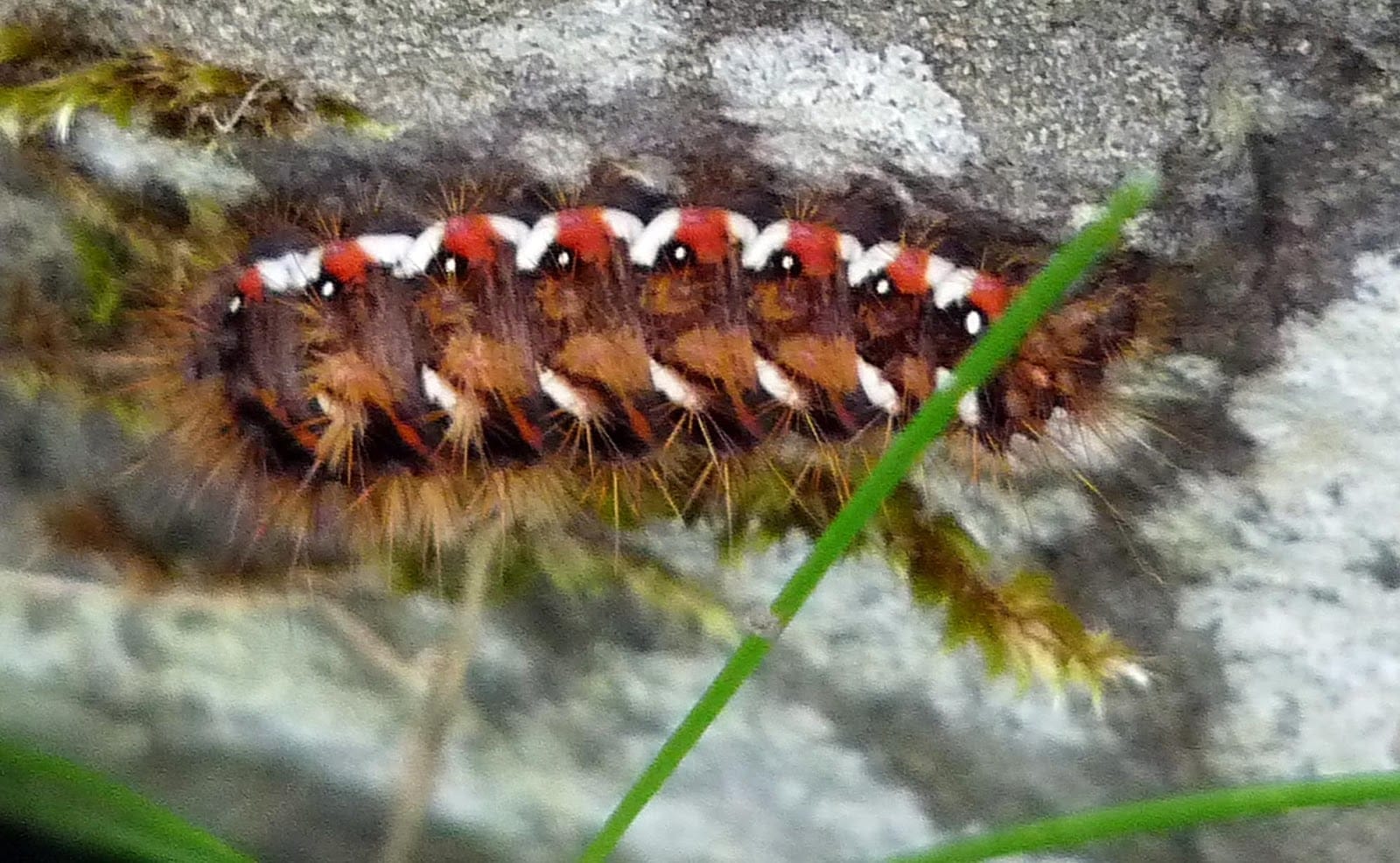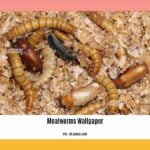Discovering tiny, unwelcome creatures feasting on your favorite sweater or carpet? These aren’t just bugs; they’re likely carpet moth larvae. This article provides a comprehensive guide to understanding these pests, from identification and life cycle to effective control and prevention strategies. We’ll explore both simple solutions and situations requiring professional help, enabling you to protect your belongings and your peace of mind.
Unmasking the Carpet Moth Larva: Identification & Life Cycle
Have you spotted tiny, pale worms with darker heads lurking in your home? These could be carpet moth larvae—the culprits behind those frustrating holes in your clothes and carpets. Masters of disguise, they often hide in undisturbed areas like under furniture or in the back of closets. They have a particular fondness for natural fibers such as wool, silk, and cotton, making your cherished textiles a tempting buffet.
One way to distinguish carpet moth larvae from similar pests, like carpet beetle larvae, is by observing their bodies. Carpet moth larvae possess smooth bodies, unlike the fuzzier, more robust bodies of carpet beetle larvae. This simple visual check helps quickly identify the pest.
Their Life Cycle: From Egg to Textile Terror
The carpet moth’s life cycle unfolds in four stages: egg, larva, pupa, and adult. The egg stage is brief, with eggs typically hatching within a couple of weeks. The larval stage follows—the destructive phase where the larvae wreak havoc on your belongings. This stage can last for months, or even up to three years in colder climates, before pupation. Finally, adult moths emerge, ready to initiate the cycle anew. It’s a silent, creeping invasion, gradually dismantling your textiles.
Here’s a summary of their development:
| Stage | Description |
|---|---|
| Egg | Tiny, oval-shaped, and often barely visible to the naked eye. |
| Larva | Creamy white with a darker head; size increases as they feed and grow. |
| Pupa | The larvae spin a cocoon before transforming into adult moths. |
| Adult Moth | Small, often unremarkable moths that lay eggs, continuing the life cycle. |
Preventing an Invasion: Proactive Measures
The most effective approach to managing carpet moth larvae is prevention. Regular vacuuming, especially under furniture and in hard-to-reach corners, forms your first line of defense. Steam cleaning carpets and upholstery can also eliminate existing larvae. Proper storage is critical; airtight containers or cedar chests offer excellent protection for woolens and other susceptible items. Regularly inspect dark, undisturbed areas of your home—early detection is crucial. Maintaining a moderate humidity level may also deter these pests.
Tackling an Infestation: Your Action Plan
If an infestation has already occurred, several strategies can be employed. Natural methods, such as diatomaceous earth (DE), a powder that dehydrates insects, or essential oils like lavender and peppermint (which may repel them), are suitable for smaller infestations or as preventative measures. However, larger infestations likely require more aggressive intervention. Chemical insecticides can be effective, but always adhere strictly to the instructions and prioritize safety. For severe infestations, engaging a professional pest control service is advisable. Professionals possess the expertise and tools to effectively eliminate the larvae and prevent recurring problems. The cost of professional treatment is often less than the expense of replacing damaged items.
The Damage: More Than Just Holes
Carpet moth larvae cause significant damage, creating holes and weakening fabrics. Repair or replacement costs can quickly escalate. Minor issues may require only small repairs, but extensive infestations could necessitate replacing carpets or furniture—a considerable expense. Ignoring an infestation will probably result in higher costs than early intervention.
Frequently Asked Questions (FAQs)
- How long do these larvae live? The larval stage can last from a few months to three years, depending on the climate and species.
- What attracts them? They are drawn to natural fibers like wool, fur, and feathers, as well as stored food products (in the case of pantry moths).
- Are they harmful to humans or pets? They are not dangerous to people or animals but their damage to belongings is a significant nuisance.
- How much does professional treatment cost? Costs vary depending on infestation severity, location, and the pest control company.
Remember, early detection and prompt action are crucial for protecting your valuable possessions. Don’t let these tiny pests compromise your comfort and the value of your home! Maintain vigilance and stay ahead of the game!
What to Do When You Find Moth Larvae? [https://www.lolaapp.com/what-to-do-when-you-find-moth-larvae]
What Time of Year Do Moth Larvae Hatch? [https://www.lolaapp.com/what-time-of-year-do-moth-larvae-hatch]
What Do Moth Larvae Turn Into? [https://www.lolaapp.com/what-do-moth-larvae-turn-into]
(Note: The internal links “[https://www.lolaapp.com/…]” are placeholders. Replace them with the actual internal links to the respective sections within your website.)
- China II Review: Delicious Food & Speedy Service - April 17, 2025
- Understand Virginia’s Flag: History & Debate - April 17, 2025
- Explore Long Island’s Map: Unique Regions & Insights - April 17, 2025
















